Motor controlled infinite 360° Pan&Tilt Remote Head
Features:
- DC-Motor controlled
- Joystick control
- No RC-Transmission, cables instead
- Timing belts used
- Motor wiring and video signal through slip rings and bearings
- infinite number of rotations due to slip rings!
How it started
In June 07 I started working on a motor driven remote head as I was sick of the problems I experienced using the mechanically driven remote head. Under the impression of nearly everyone using RC transmitting, I went to an electronics store and bought everything needed for this. Back at home I wondered how complicated it actually is - I don't need radio transmitting when shooting with a crane. Apart from that, servos never seemed somewhat better to me than standard dc motors. Plus, due to wireless transmission, there would've been the need for seperate power supplies for the transmitter and receiver/motor units. So, why not return the whole load and just find out how to speak to the motors in a way my camera might like it?
Electronics
I asked Google and finally found the website http://www.elektroniker-bu.de/ run by Fabian Luehrs. Among his circuit diagrams, there was one that sounded useful for me. It involved PWM (pulse width modulation). With his help, I could built a device which controlled a dc motor through a potentiometer. There was no way to reverse the motor direction yet. Unfortunately, the motors didn't start slowly enough with this device, so we had to come up with something else.
We then went back to controlling the motor voltage. Even the earliest test showed that the motors would start much more smoothly. The motors are controlled by a computer joystick with potentiometers inside. It's possible to adjust the maximum speed of the motors. Detailed information on the finished device will follow.
Fabian has been busy working on an updated version of the circuit. Check it out here: http://www.elektroniker-bu.de/remotehead.htm, there's also a demo video which will give you an impression of the thing.
Slip rings and wires trough bolts
One of the best things about the head is the fact that there's no limit to how often you can turn the camera in one direction. There are no longer any wires that could either twist or get entangled around the remote head as the motor power and video wires are built through the hollow rotation axes. To make sure the cables don't twist, there are so-called slip rings. They ensure electrical contact whilst the two ends of it can rotate against each others direction. It's an extremely great invention, yet those things are pricey (one quotation was 130 Euros). Instead of buying those expensive ones, I listened to a very good advice and decided for twist protection adapters for telephone headsets (see photo). I got them for 10 Euros each, I'd bet there are even cheaper ones out there. There were two things I worried about: 1) Would the electronical contact quality suffice? 2) As they're not ball beared, will you notice the friction needed to overcome when starting into a rotation? Both of these considerations were justified but none of them became an obstacle: the video signal couldn't be more stable and the camera rotations start as smoothly as ever before.
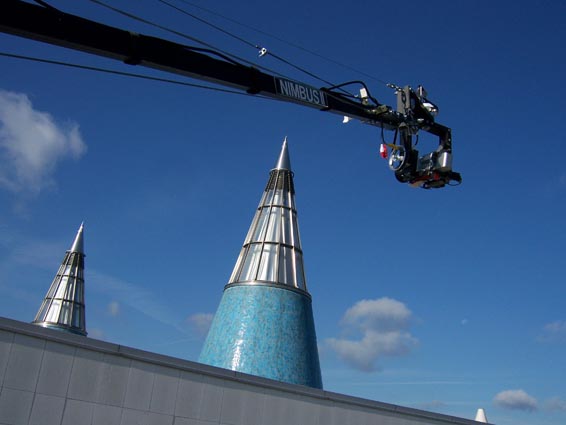
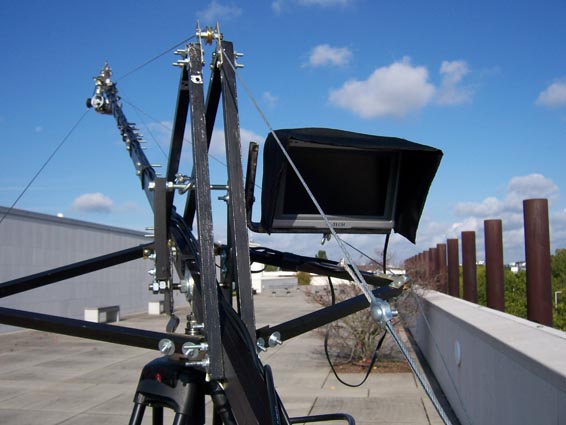
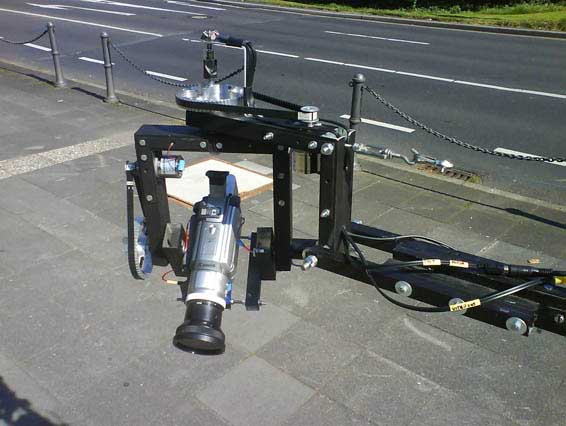
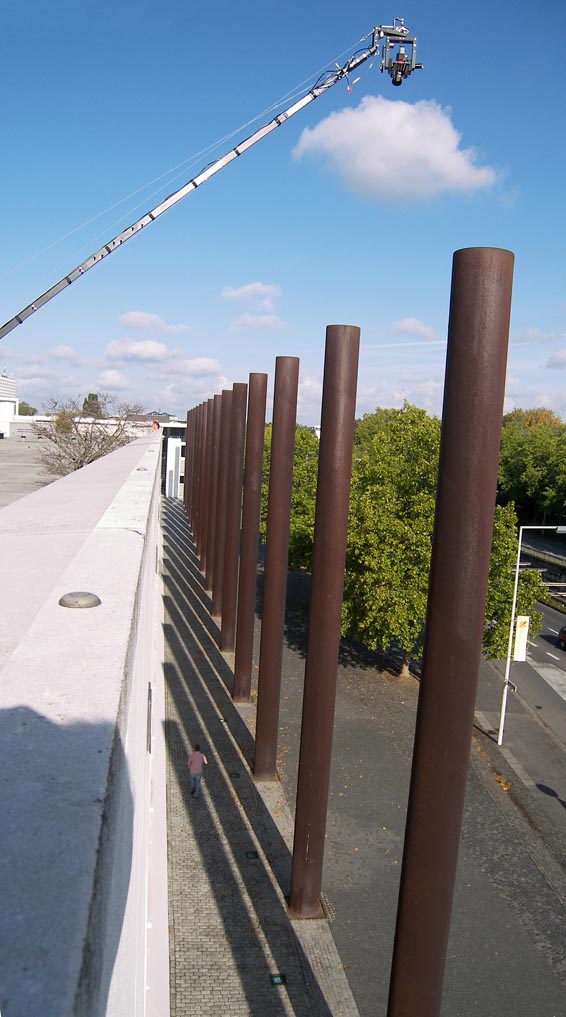
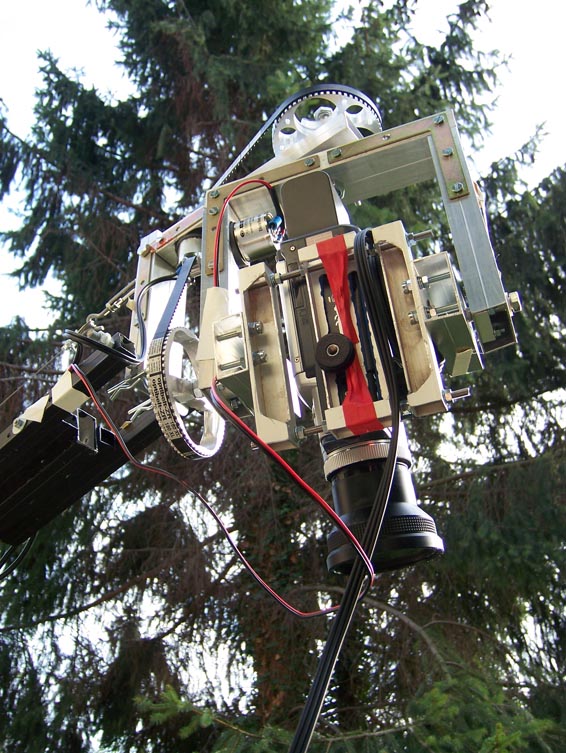
This picture doesn't yet show the black finishing and slip rings.
![]() Videos of the head (on as well as off board)
Videos of the head (on as well as off board)
Last updated on Jan 21 2012 - Valentin Steiner - icq: 237-893-043
Photographs: Valentin Steiner, Michael Kuchta